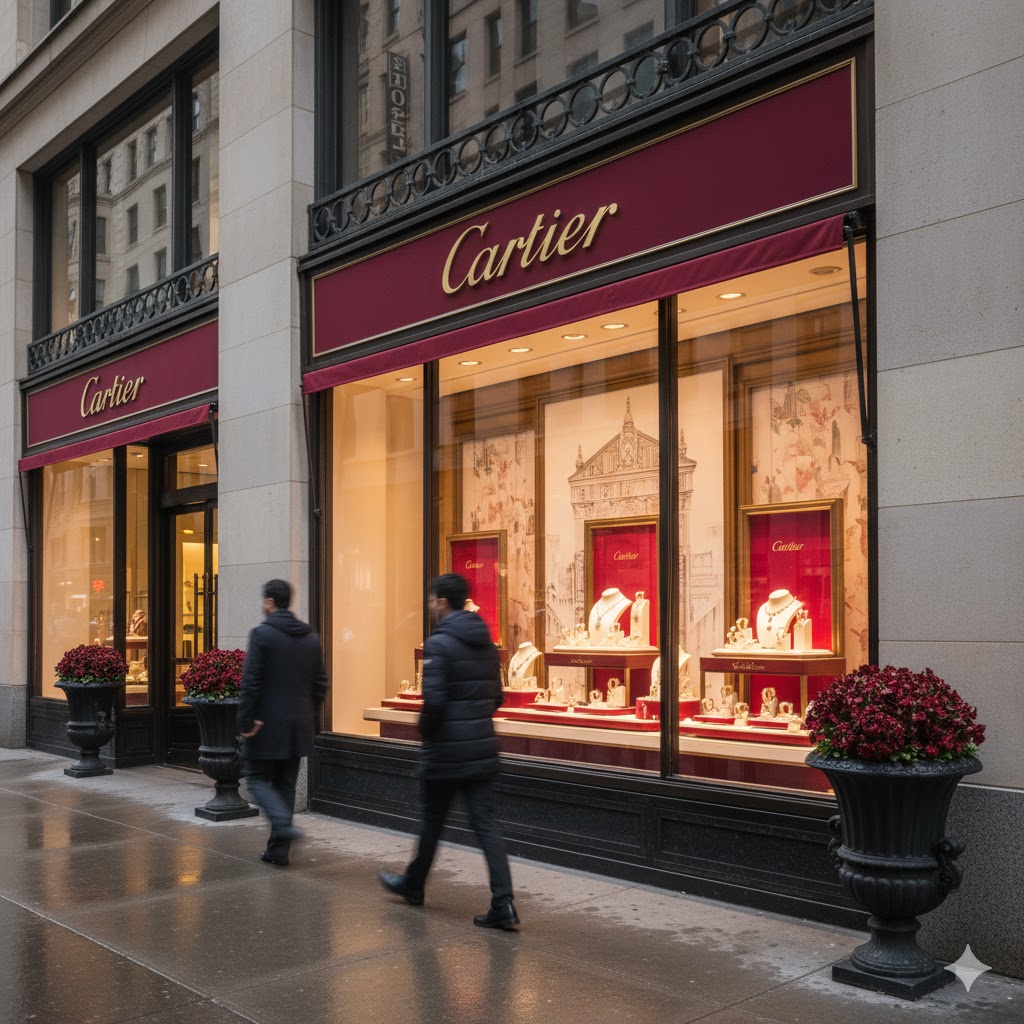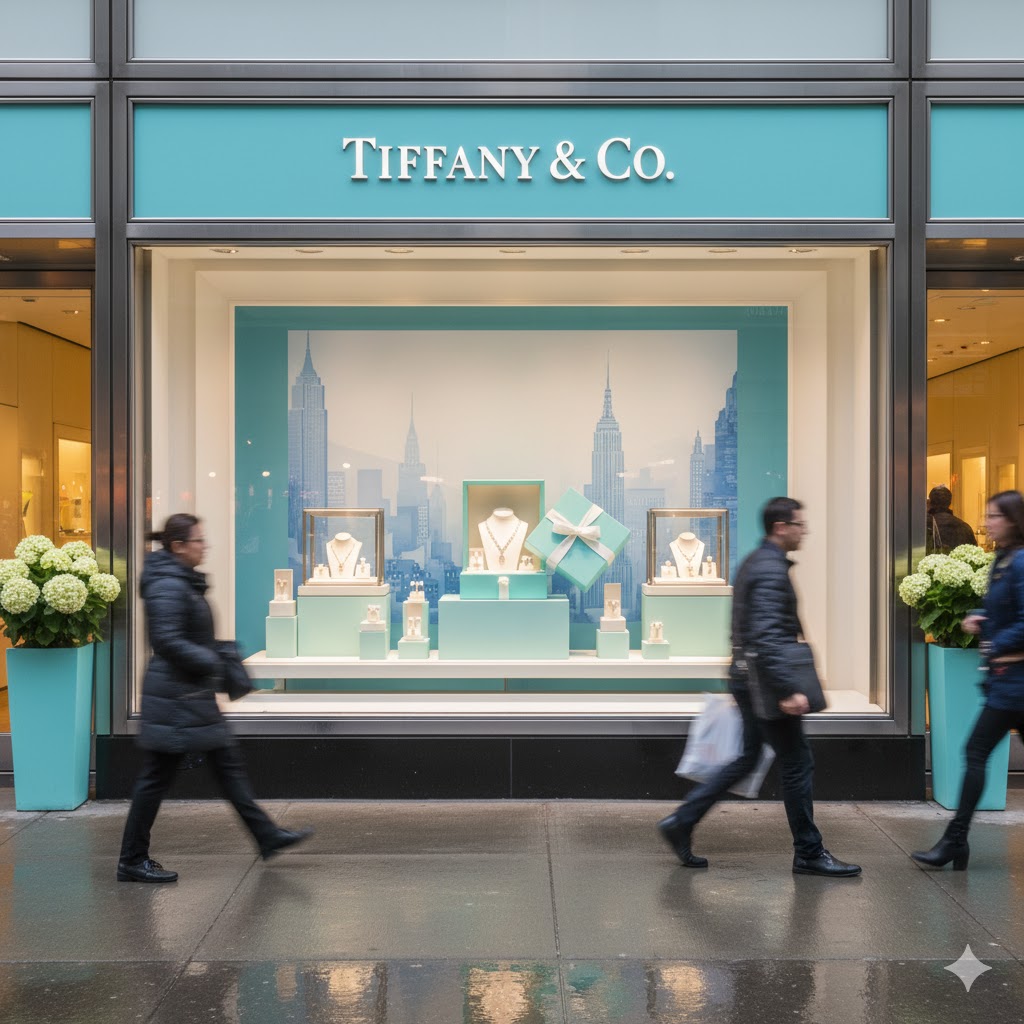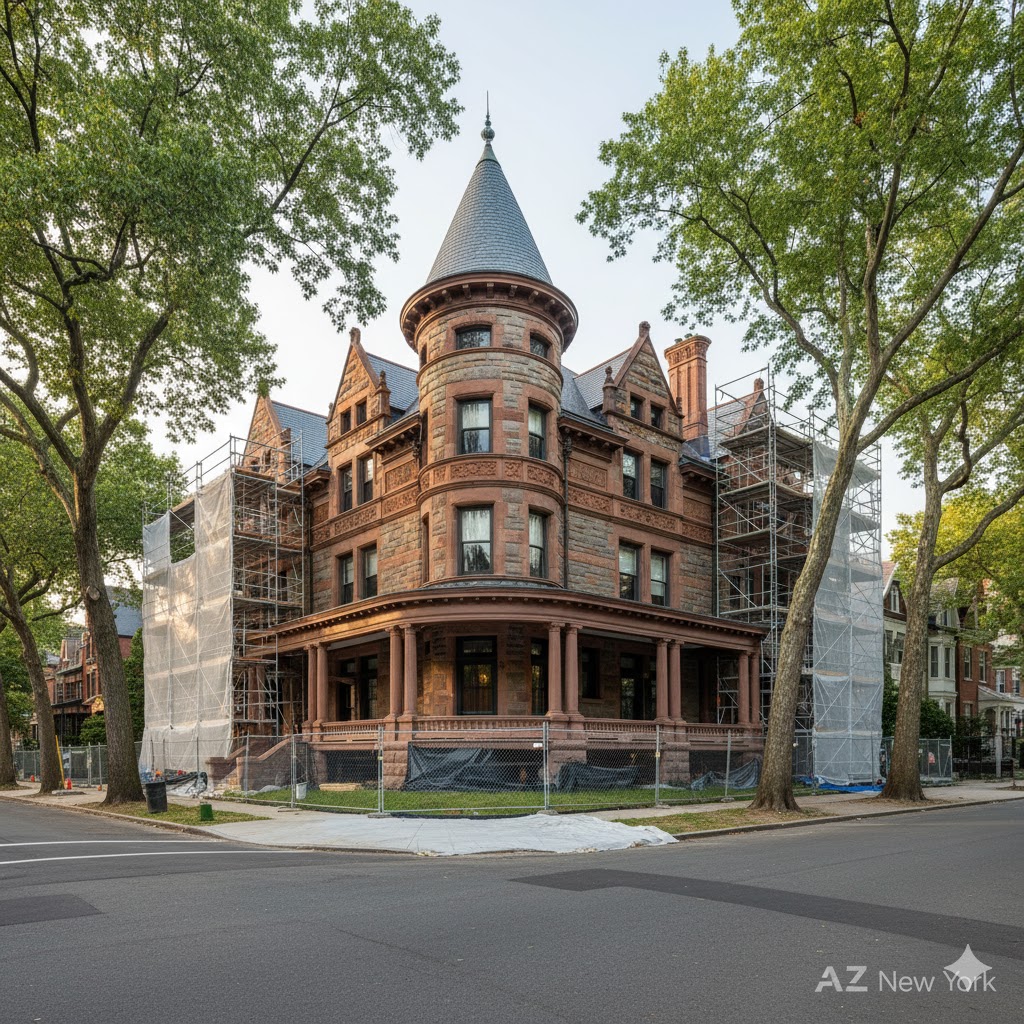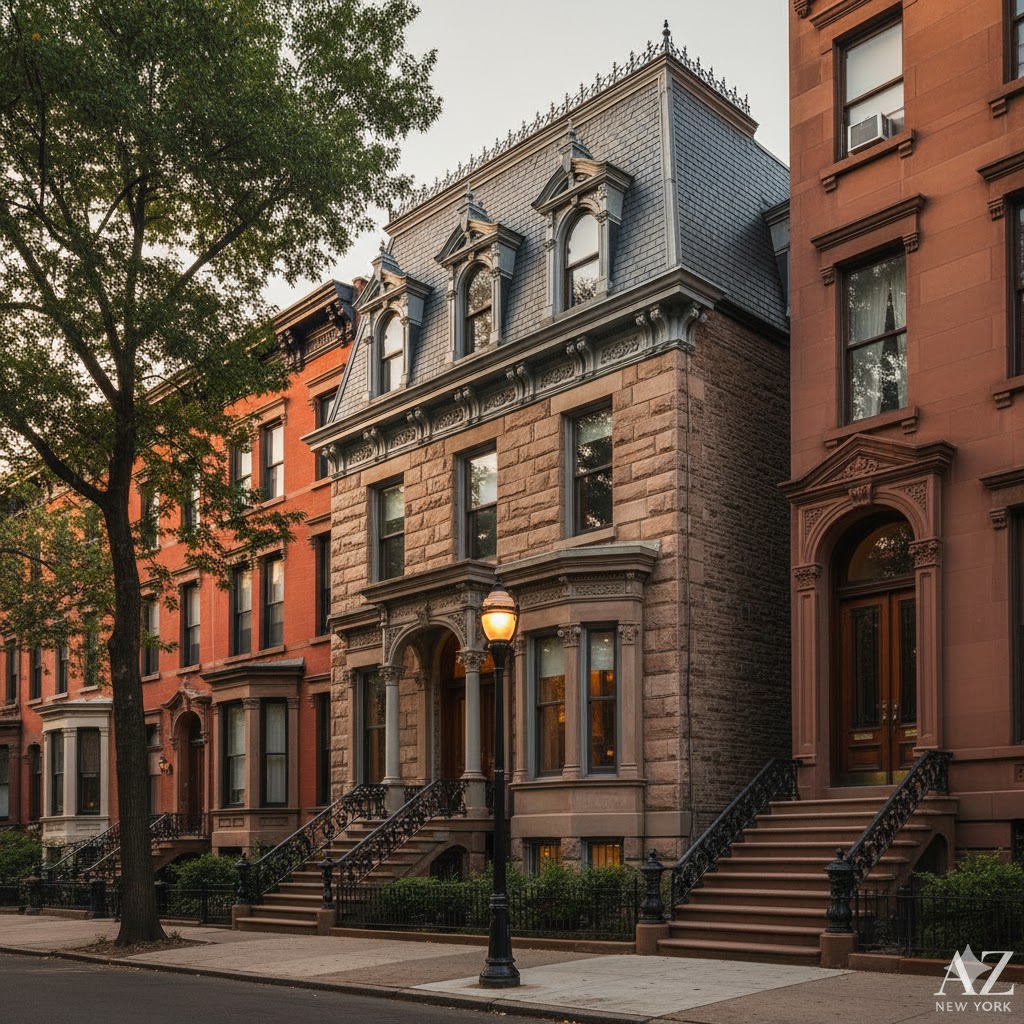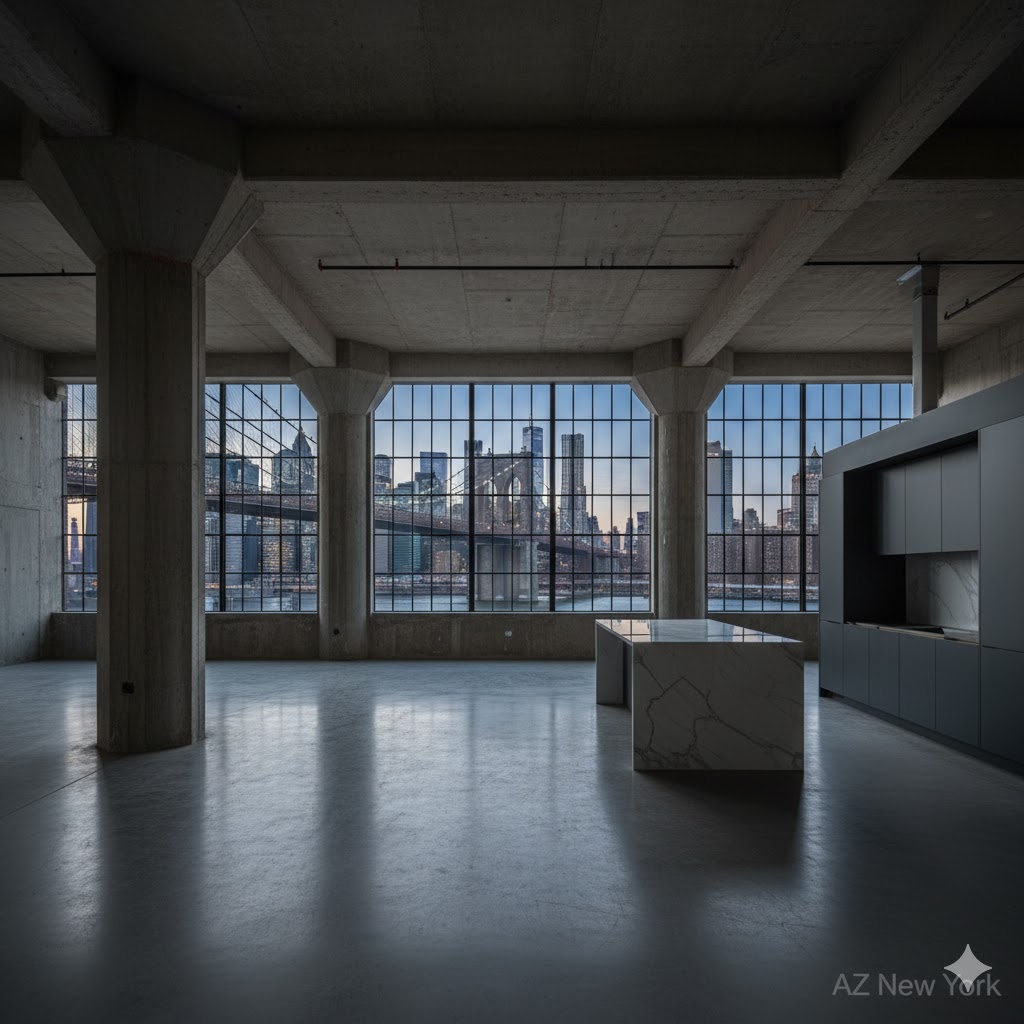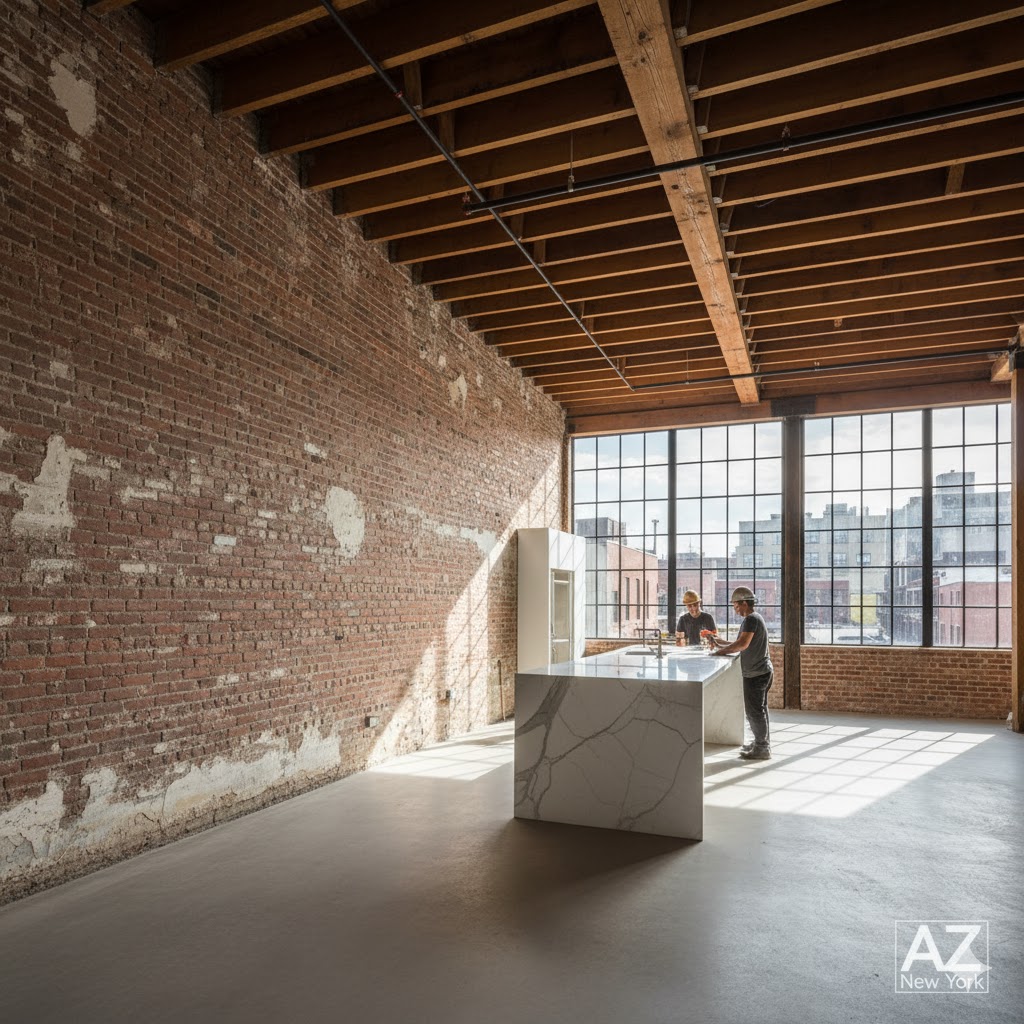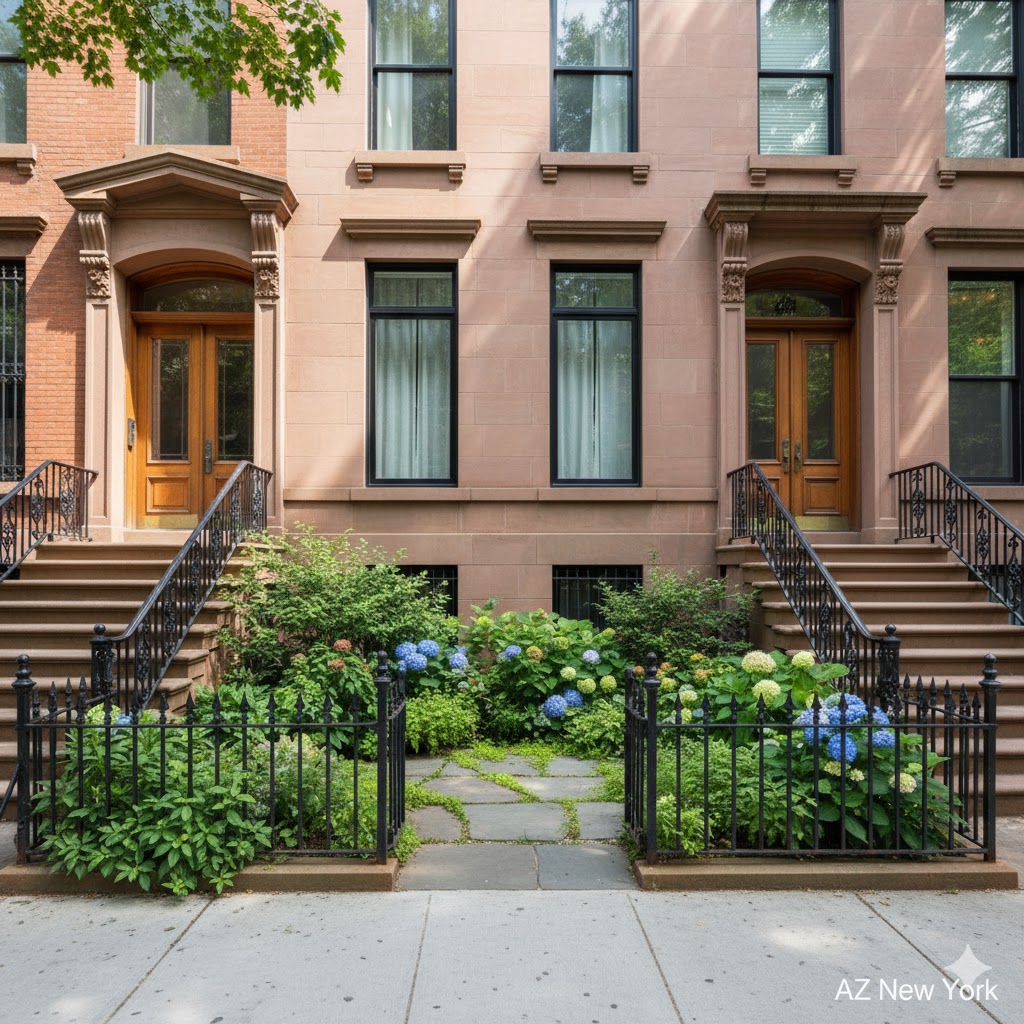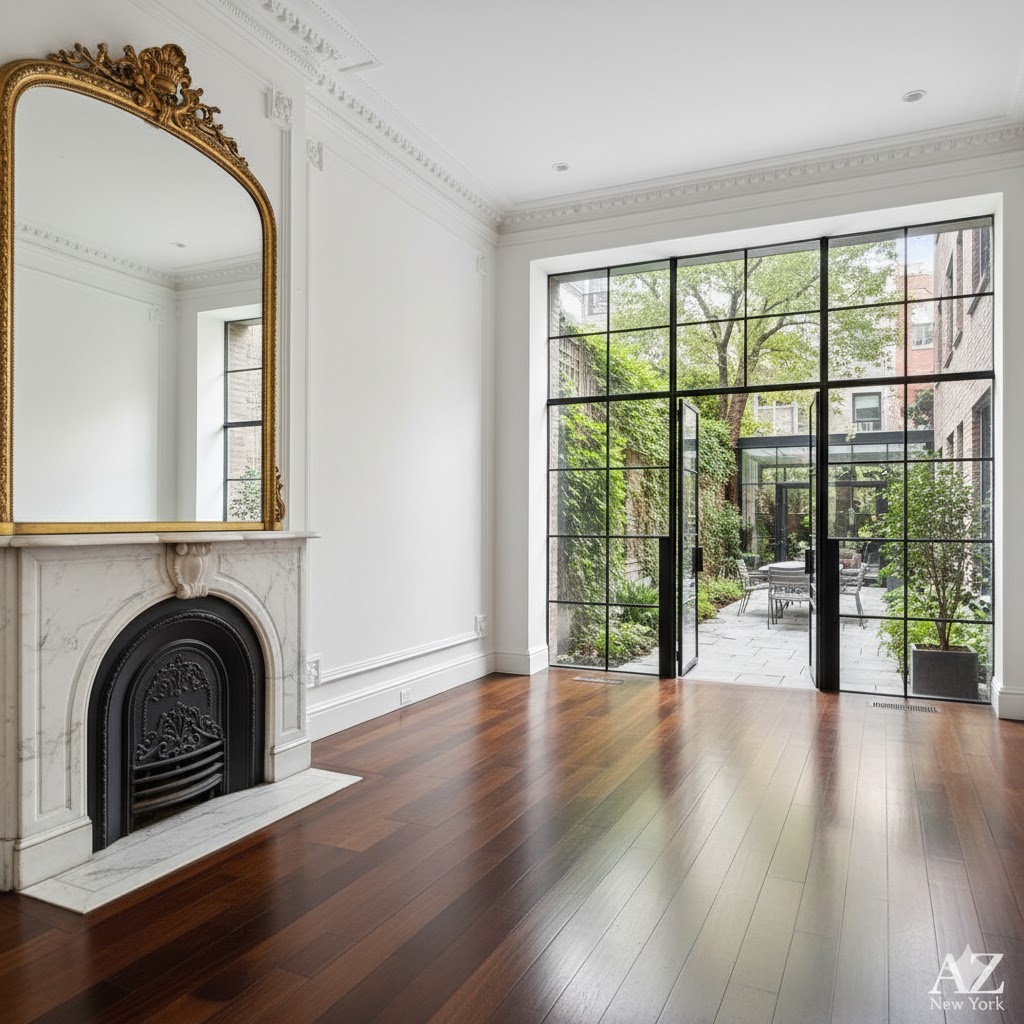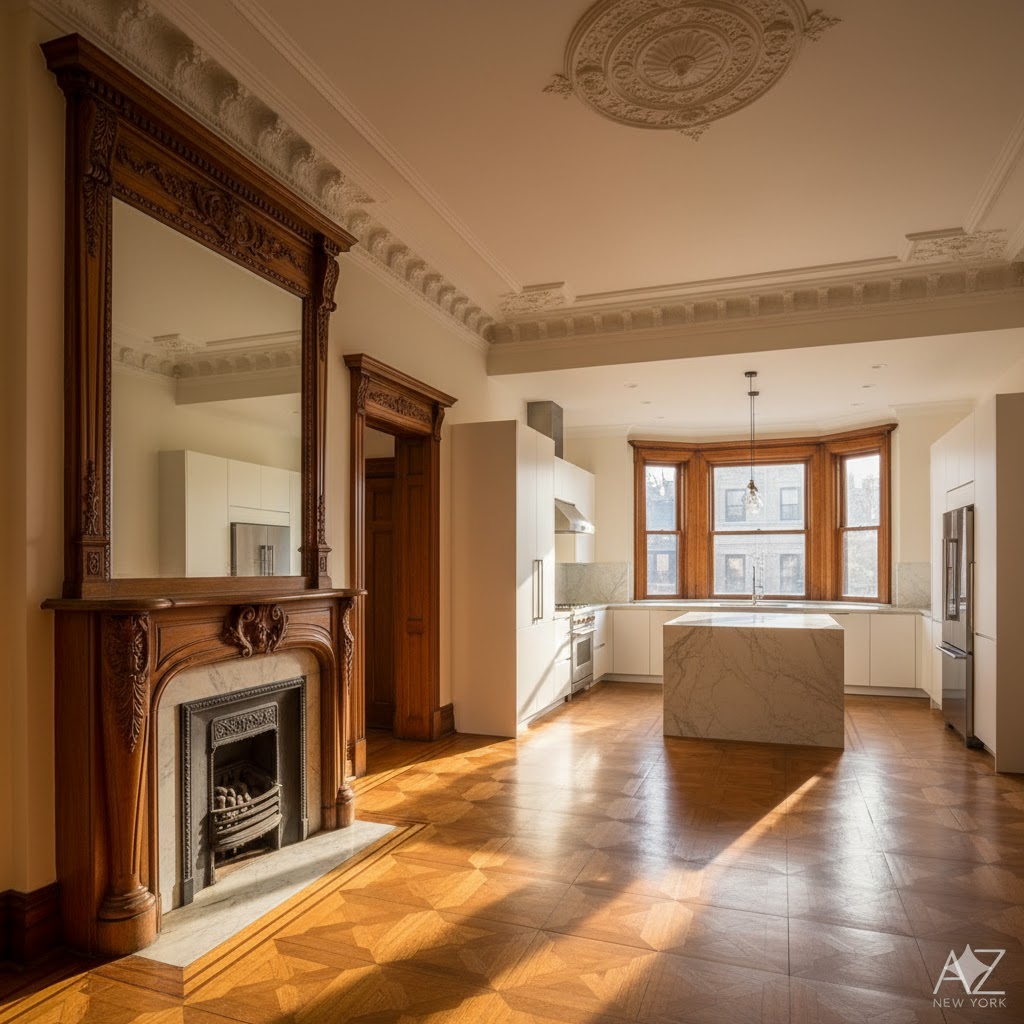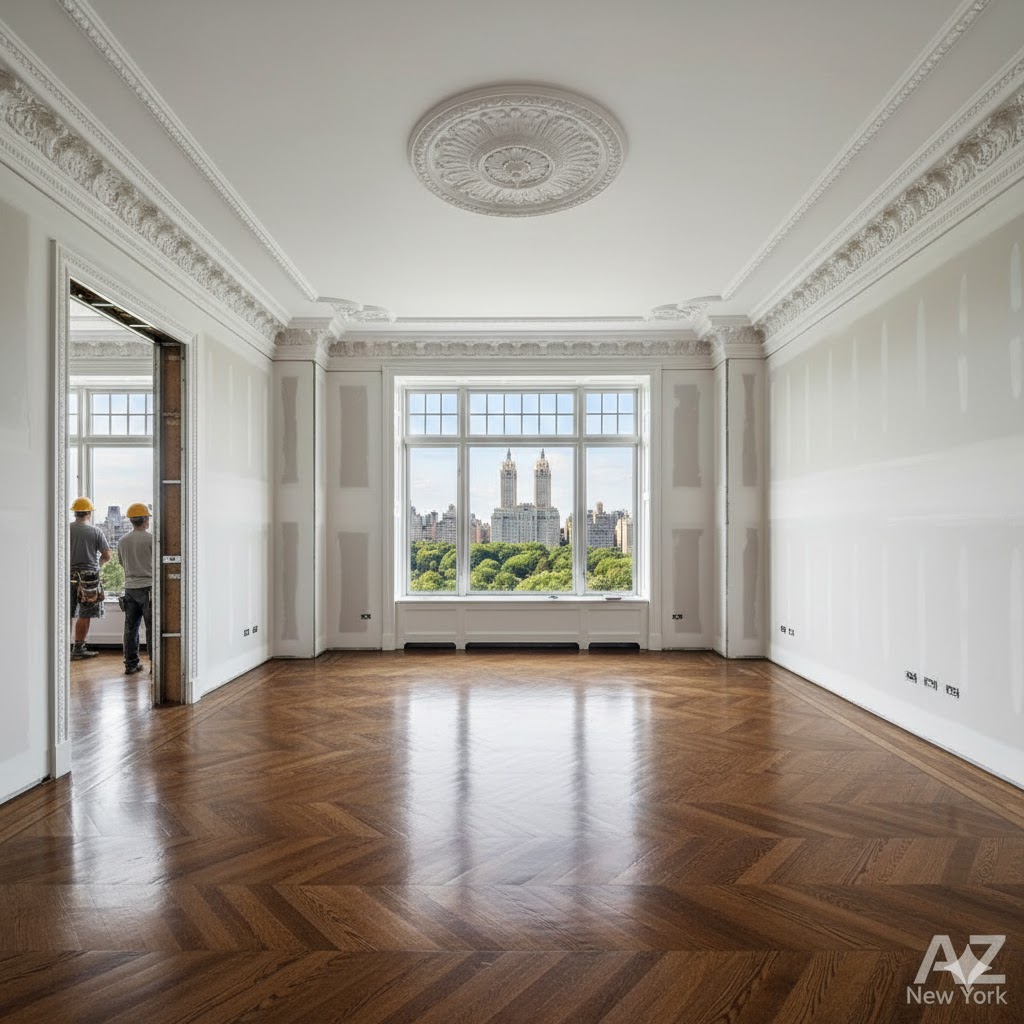Careers in NYC: Your Guide to Navigating the World’s Most Ambitious Job Market

Careers in NYC: Your Guide to Navigating the World’s Most Ambitious Job Market
A career in New York City is unlike a career anywhere else. This is the global capital of ambition, a place where entire industries are born and defined.
From the financial powerhouses of Wall Street to the creative agencies of Madison Avenue and the tech startups of Silicon Alley, NYC is a magnet for the world’s most driven individuals.
Building a career here is not just about having a job; it’s about participating in a culture of excellence, resilience, and relentless innovation.
Welcome to the AZ New York career hub, your ultimate guide to navigating the most competitive and rewarding job market on the planet.
The NYC Career Landscape: A Tale of Three Cities
While NYC offers endless career paths, its professional landscape is dominated by three distinct, powerful ecosystems, each with its own culture and rules.
| Attribute | Finance (Wall Street) | Tech (Silicon Alley) | Creative (Media/Fashion) |
|---|---|---|---|
| Core Currency | Capital, P&L (Profit & Loss) | Data, User Growth, Innovation | Taste, Brand Identity, Cultural Relevance |
| Dress Code | Varies from formal suits to “power casual” | Casual (hoodies, sneakers, branded t-shirts) | Trendy, expressive, and brand-conscious |
| Pace & Lifestyle | Grueling hours, high-pressure, high-reward | Agile sprints, flexible hours, perk-driven | Project-based, deadline-driven, highly social |
| Path to Success | Structured hierarchy, prestigious degrees | Demonstrable skills, disruptive ideas | Strong portfolio, powerful personal network |
The NYC Professional: 3 Archetypes of Success
Success in New York takes many forms. Here are three examples of professionals thriving in the city’s key industries.
Case 1: The Private Equity Associate
After two grueling years as an investment banking analyst, “Sarah” made the highly coveted jump to a private equity fund. Her job involves rigorous financial modeling and due diligence to assess potential company buyouts. Her world is one of intense analytical pressure, high stakes, and a clear, hierarchical path toward becoming a partner. Success is measured in one thing: the internal rate of return (IRR) on her fund’s investments.
Case 2: The SaaS Startup Founder
“David” works out of a co-working space in the Flatiron District, the heart of Silicon Alley. He and his co-founder are building a B2B software-as-a-service (SaaS) company. His days are a whirlwind of coding, pitching to venture capitalists on Sand Hill Road (via Zoom), and obsessing over user acquisition metrics. His uniform is a hoodie, and his success depends not on a corporate ladder, but on his ability to build a product that scales.
Case 3: The Fashion Merchandiser
“Maria” works for a major luxury brand in the Garment District. Her job is a blend of art and science, using data analytics to predict fashion trends and decide which products will be in stores next season. She spends her days in showrooms, analyzing sales data, and collaborating with designers. Her success is measured by sell-through rates and her ability to capture the cultural zeitgeist.
Pro Tip: Your network is your most valuable career asset in NYC. Cultivate it relentlessly. Go to industry meetups, connect with people on LinkedIn with personalized notes, and ask for informational interviews. In New York, a warm introduction can open doors that a cold application never will.
A Piece of History: The term “Madison Avenue,” now a synonym for the American advertising industry, has a literal origin. In the early 20th century, pioneering advertising agencies began setting up their offices on Madison Avenue in Midtown to be close to their corporate clients, creating a geographic hub of creativity and commerce that would define the industry for a century.
Frequently Asked Questions (FAQ)
Navigating the NYC job market can be intimidating. Here are some key questions answered.
Do I need a prestigious degree to get a good job in NYC?
It depends on the industry. For traditional finance and law, a degree from a top-tier university is still a significant advantage. For tech and creative fields, however, a strong portfolio of work, demonstrable skills, and a powerful network are often far more important than your alma mater.
How do salaries compare to the high cost of living?
Salaries in New York’s key industries are among the highest in the world, but so is the cost of living, especially housing. While it’s possible to live very well, careful budgeting is essential. Many junior professionals live with roommates for years to make it work.
What is the best way to find a job in New York?
While online job boards are useful, the most effective method is networking. Many of the best jobs are filled through referrals before they are ever posted publicly. Move to the city first if you can—it’s much easier to network and interview when you are physically present.
For a deeper dive into the city’s economic engine, visit our Economy section.
Keywords for Your Next Internet Searches on the Subject…
Careers in NYC, finding a job in New York, NYC job market, networking in NYC, finance vs tech careers, fashion industry jobs NYC, high cost of living NYC, how to succeed in New York.
Tags
NYC Careers, Job Market, Networking, Wall Street, Silicon Alley, Fashion Industry, Finance, Tech, Creative, Career Advice, New York City, Professional Life, High Finance, Startups, Madison Avenue
Part 1: Business, Economy, and Power (1–20)
This section explores the core of what makes the Financial District tick: the deals, the institutions, and the immense power that flows through its veins.
- What does it really mean to “work on Wall Street” today?
- How does the “investment banking” culture of FiDi shape the global economy?
- What is the true influence of the New York Stock Exchange (NYSE) on the daily lives of ordinary people?
- How deep is the connection between the political power of Washington D.C. and the decisions made on Wall Street?
- Does the “Charging Bull” still symbolize prosperity, or has it become an icon of corporate greed?
- What are the best-kept secrets of the major investment banks headquartered in FiDi?
- How is the rise of fintech and cryptocurrencies challenging the traditional financial dominance of Wall Street?
- What is the true human cost behind the multi-billion dollar profits generated in the Financial District?
- If the walls of Goldman Sachs or J.P. Morgan’s offices could talk, what would they reveal about power?
- Is Wall Street’s “work hard, play hard” culture sustainable in the long run?
- What is the role of the Federal Reserve Bank of New York in the stability (or instability) of the world economy?
- How ethical are the practices that led to the rise of so many financial empires in FiDi?
- What is the impact of artificial intelligence on the high-frequency trading that occurs on Wall Street?
- Who are the real “wolves” of Wall Street today?
- How is the gentrification of the Financial District transforming the social and economic landscape of Lower Manhattan?
- What is the next major financial crisis that could emerge from Wall Street?
- What does the concentration of so much financial power in a single area say about social inequality in the U.S.?
- How does the annual bonus culture on Wall Street affect the mindset and decisions of traders?
- What is the true story behind the fortunes built and lost on Wall Street?
- If the Financial District were a country, what would its GDP and foreign policy be?
Part 2: Lifestyle, Behavior, and Wall Street Culture (21–40)
Beyond the numbers, there’s a unique culture. This section delves into the daily lives, habits, and social dynamics of the people who power the Financial District.
- What is the unwritten dress code for success in FiDi?
- What is the daily routine of a junior analyst at an investment bank on Wall Street?
- What role do happy hours play in the networking and deal-making culture of the Financial District?
- Is life in FiDi more like the show “Billions” or the movie “The Wolf of Wall Street”?
- What are the most coveted status symbols among Wall Street professionals?
- How does the pressure to perform affect the mental health of workers in the Financial District?
- What is the “secret language” and jargon used by Wall Street insiders?
- Is there a “Wall Street dream” analogous to the “American dream”?
- How do FiDi professionals balance their personal lives with the long working hours?
- What is the role of exclusive clubs and secret societies in Wall Street’s power hierarchy?
- How has Wall Street’s culture changed since the 2008 financial crisis?
- What do “Wall Street bros” do for fun on the weekends?
- What is the soundtrack to the life of a successful trader on Wall Street?
- How important are philanthropy and donations to the public image of Wall Street billionaires?
- What are the gender dynamics like in an environment as male-dominated as Wall Street?
- What is the diet of a high-performance professional in the Financial District?
- What do Wall Street veterans teach newcomers about surviving in this competitive environment?
- What is the impact of Wall Street culture on New York City’s nightlife and relationships?
- What happens when someone on Wall Street “breaks” and loses everything?
- What cultural legacy is the current generation of Wall Street professionals leaving for the future?
Part 3: Architecture, Real Estate, and Urbanism (41–55)
The very streets and buildings of the Financial District tell a story. Here, we examine the physical environment that houses the world’s most powerful economic engine.
- How does the architecture of the Financial District’s skyscrapers reflect the power and ambition of their occupants?
- What is the story behind the names of FiDi’s streets, like Wall Street, Broad Street, and Pearl Street?
- How did One World Trade Center and the 9/11 Memorial change the landscape and spirit of the Financial District?
- What is the real cost of a luxury apartment with a view of the world’s financial heart?
- How did the geography of Lower Manhattan influence the development of the Financial District?
- What architectural secrets are hidden in the historic buildings of Wall Street?
- How does FiDi’s transportation infrastructure (subway, ferries, etc.) support the daily flow of millions of people?
- What is the future of office space in the Financial District in the era of remote work?
- How are security and surveillance integrated into the architecture and urban planning of FiDi?
- What is the historical significance of places like Trinity Church amidst the modern skyscrapers?
- How is real estate development in FiDi expanding into adjacent areas like the Seaport District?
- What is the environmental impact of concentrating so many buildings and people in such a small area?
- What do future urban planning projects reveal about the evolution of the Financial District?
- What does it feel like to walk through the narrow streets and canyons of steel and glass in FiDi?
- How is New York’s history as a commercial port still visible in the urban landscape of the Financial District?
Part 4: Gastronomy, Entertainment, and Leisure (56–70)
Where do the power players dine, drink, and unwind? This section explores the culinary and recreational landscape of the Financial District.
- Where do Wall Street bankers have lunch to close multi-million dollar deals?
- What is the most iconic bar in the Financial District for a “power happy hour”?
- How has FiDi’s dining scene evolved from simple “power lunches” to Michelin-starred restaurants?
- What role do steakhouses play in Wall Street’s business culture?
- What are the secret getaways and leisure spots for FiDi professionals to escape the pressure of work?
- How does the nightlife in the Financial District compare to other Manhattan neighborhoods, like the Meatpacking District?
- What is the most ordered drink in Wall Street bars after the market closes?
- Where do Wall Street traders celebrate a day of record profits?
- How important is coffee to the frantic routine of the Financial District?
- How are cultural and artistic events beginning to flourish in an area traditionally focused on business?
- What is the best spot in FiDi to watch the sunset over the Hudson River?
- What luxury entertainment options are available to the Wall Street elite?
- How does street food (food trucks) adapt to serve the hurried crowds of the Financial District?
- What do the restaurants and bars in FiDi reveal about the hierarchy and status of their patrons?
- What is the experience of dining in an exclusive restaurant at the top of a Financial District skyscraper?
Part 5: Luxury, Fashion, and Status (71–80)
In a world of high stakes, symbols of success matter. This section looks at the role of luxury, fashion, and status in the Financial District.
- What is the unofficial “uniform” of a successful investment banker on Wall Street?
- What are the most popular watch brands among traders in the Financial District?
- How are luxury and ostentation perceived in Wall Street culture?
- What is the dream car of a young analyst who has just received their first big bonus?
- How has fashion in FiDi evolved from the traditional suit and tie to a more “business casual” style?
- What are the favorite luxury stores and boutiques of the Wall Street elite?
- What does a bespoke suit say about someone’s position in the Wall Street hierarchy?
- How are accessories (shoes, briefcases, pens) used as symbols of power and status in FiDi?
- How important is membership in exclusive gyms and fitness clubs in the Financial District?
- How does the concept of “luxury” on Wall Street extend beyond material goods to include experiences and exclusive access?
Part 6: History, Curiosities, and Memes (81–90)
The Financial District is steeped in history and modern lore. This section uncovers fascinating stories, hidden facts, and the neighborhood’s role in internet culture.
- What is the real origin of the name “Wall Street”?
- What were the most dramatic and iconic moments in the history of the New York Stock Exchange?
- What is the story of the “Fearless Girl” statue and its relationship with the “Charging Bull”?
- What are the most famous legends and myths about the early days of Wall Street?
- How do internet memes (like the “Stonks” meme) portray and satirize the world of Wall Street?
- What were the biggest financial scandals that rocked Wall Street throughout history?
- What is the history of Federal Hall, the site where George Washington was inaugurated as the first U.S. President?
- Who are the “ghosts” of Wall Street—the companies and fortunes that vanished overnight?
- How have movies and books shaped the public’s perception of Wall Street?
- What is the most surprising curiosity about daily life in the Financial District that most people don’t know?
Part 7: Future, Innovation, and Technology (91–100)
What’s next for the Financial District? This final section looks ahead at the trends, technologies, and challenges that will define the future of Wall Street.
- How could blockchain technology and decentralized finance (DeFi) make Wall Street obsolete?
- What will be the role of humans in the financial market as artificial intelligence becomes more sophisticated?
- How is the Financial District adapting to climate change and the need for sustainability?
- What is the next major technological innovation to come out of “Silicon Alley” and impact Wall Street?
- How will remote work and the decentralization of offices affect the future of the Financial District as a center of power?
- What is Wall Street’s role in funding space exploration and other futuristic technologies?
- How is Generation Z changing the culture and priorities of the financial sector on Wall Street?
- Will the Financial District continue to be the world’s financial center in the coming decades, or will it be surpassed by other global hubs like Shanghai or Singapore?
- How are big data analytics and quantum computing transforming investment strategies on Wall Street?
- What is the most important question about the future of Wall Street that no one is asking?

